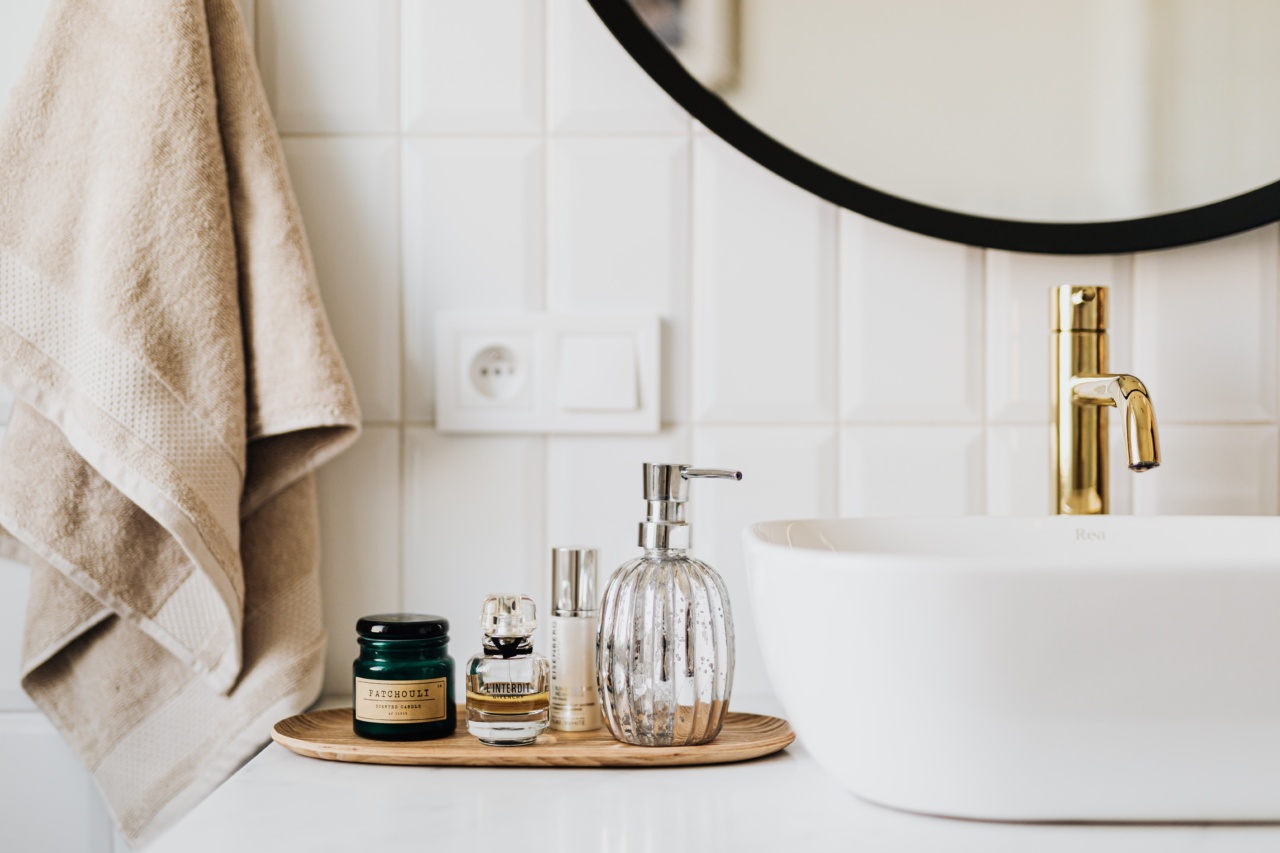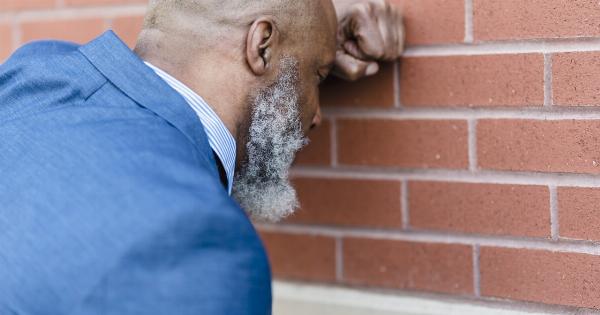Swollen legs can be caused by a range of medical conditions, such as heart or kidney disease, as well as injuries or lifestyle factors such as sitting or standing for prolonged periods of time.
Regardless of the cause, swollen legs can be uncomfortable and even painful, making it difficult to go about your daily activities. Fortunately, there are simple ways to treat swollen legs at home that can help reduce inflammation and relieve discomfort.
Elevate Your Legs
Elevating your legs is a great way to reduce swelling caused by gravity. Lie down on a bed or couch and prop your legs up with pillows so that they are elevated above your heart.
This will help to encourage the flow of blood and lymphatic fluids away from your legs, reducing inflammation and swelling.
Use Compression Stockings
Medical-grade compression stockings are designed to help reduce swelling and improve circulation. They work by exerting pressure on your legs, which helps to push fluids back towards your heart.
Compression stockings come in different levels of pressure, depending on the severity of your swelling. Make sure you get the right size and type of compression stocking for your needs.
Take a Bath with Epsom Salts
Epsom salts are rich in magnesium, which has anti-inflammatory properties that can help to reduce swelling. Dissolve a cup of Epsom salts in warm bathwater and soak your legs for 20-30 minutes.
You can do this once or twice a week to help reduce inflammation and ease discomfort.
Stay Hydrated
When you are dehydrated, your body tends to retain fluids, which can lead to swelling in your legs. Make sure to drink plenty of water throughout the day to keep your body hydrated and flush out excess fluids.
Avoid caffeine and alcohol, which can dehydrate your body and exacerbate swelling.
Exercise Regularly
Regular exercise can help improve circulation and reduce swelling in your legs. Try low-impact exercises such as walking, cycling, or swimming, which help to get your blood flowing without putting too much strain on your joints.
You can also do leg exercises, such as leg lifts or ankle flexes, to help strengthen the muscles in your legs and improve circulation.
Apply Cold Compresses
Applying cold compresses to your legs can help to reduce inflammation and soothe discomfort. Wrap a bag of ice or a frozen gel pack in a towel and apply it to your legs for 15-20 minutes at a time.
Repeat several times a day as needed to help reduce swelling.
Avoid Sitting or Standing for Long Periods
Sitting or standing for long periods can cause fluid to accumulate in your legs, leading to swelling.
Make sure to take breaks throughout the day, and if you have a job that requires sitting or standing for long periods, try to move around as much as possible. You can also try using a standing desk or a footrest to help reduce pressure on your legs.
Watch Your Salt Intake
Consuming too much salt can lead to fluid retention, which can cause swelling in your legs. Try to limit your intake of processed and packaged foods, which are often high in sodium.
Instead, opt for fresh fruits and vegetables, lean proteins, and whole grains, which are lower in sodium and can help you maintain a healthy weight.
Massage Your Legs
Massaging your legs can help to improve circulation and reduce swelling. Use a gentle, circular motion to massage your legs, starting at your ankles and working your way up towards your thighs.
You can also use a foam roller or a massage ball to target specific areas of your legs.
When to See a Doctor
If your swollen legs are accompanied by other symptoms such as shortness of breath, chest pain, or fever, you should seek medical attention right away. These symptoms may be a sign of a more serious medical condition.
Additionally, if your swelling does not improve with home remedies, or if it is a chronic issue, you should talk to your doctor about other treatments that may be available.




























